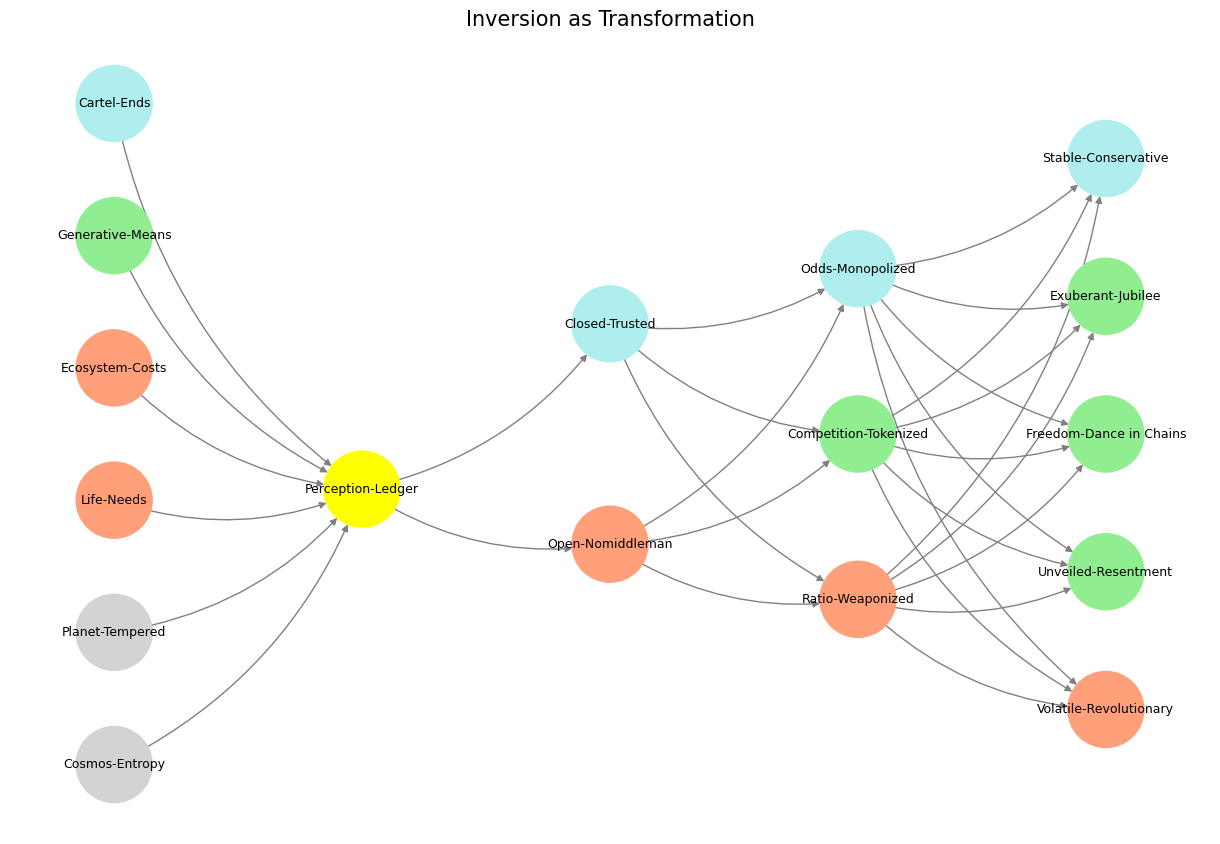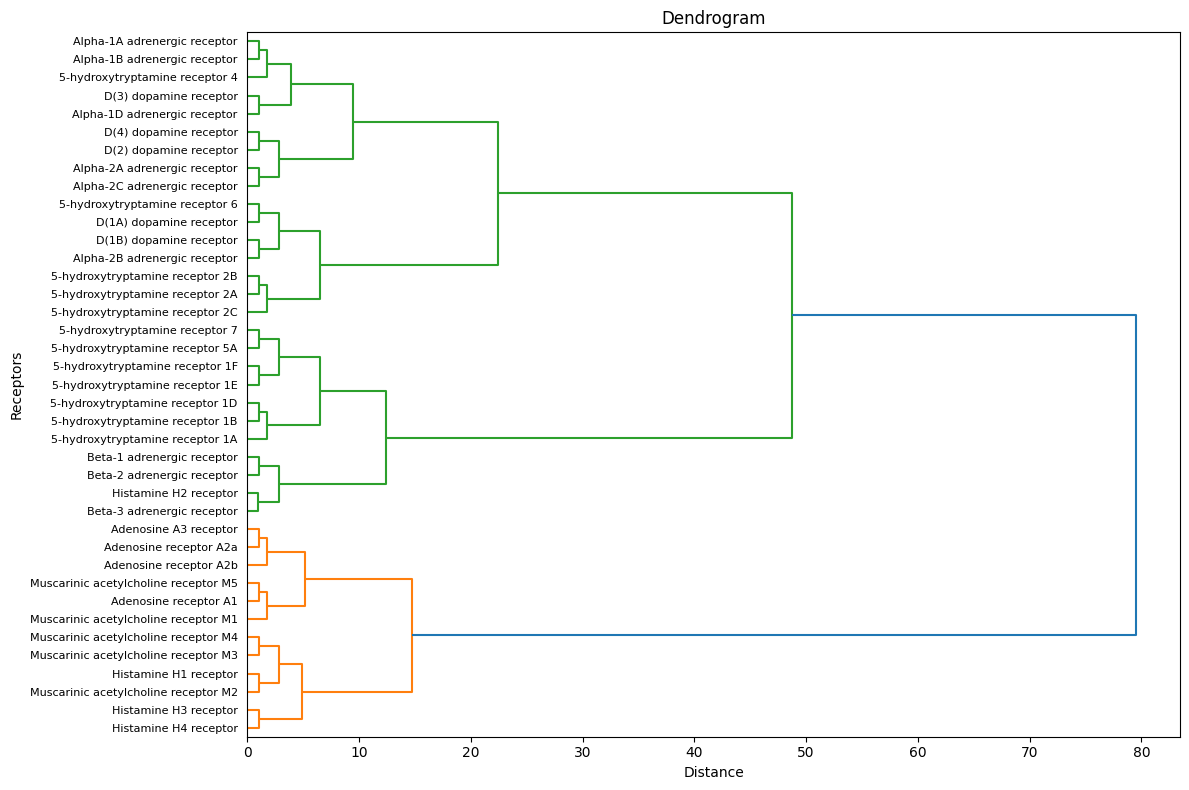Prometheus#
Religion and academia both operate within structures that closely mirror the principal-agent problem, using strategic bequest motives as tools of control. These systems create a framework where principals—God in religion or professors in academia—align the behavior of agents—followers or students—through the promise of conditional rewards. Whether it is the prospect of eternal salvation or professional advancement, these systems leverage incentives to ensure compliance and maintain order.
In religion, particularly monotheistic traditions, God functions as the principal, setting the rules and providing the ultimate reward: salvation, paradise, or eternal life. Humanity, as the agents, is tasked with adhering to these rules, often under conditions of incomplete information. The “mystery” of faith or divine will ensures that agents must rely on belief, creating a dynamic where compliance is expected despite uncertainty. The strategic bequest motive is explicit in this arrangement: follow the commandments, perform acts of faith and devotion, and inherit the Kingdom of God. This conditional promise establishes a feedback loop where behavior is shaped by the dual forces of reward (heaven) and punishment (hell), reinforcing the principal’s authority.

Fig. 11 Competition (Generativity) & Feedback (Exertion). The massive combinatorial search space and optimized emergent behavioral from “games” among the gods, animals, and machines are the way evolution has worked from the beginning of time. Peterson believes reinforcement learning through human feedback (RLHF- a post-training twitch) removes this evolutionary imperative.#
A critical aspect of this dynamic lies in the control exerted through information asymmetry. In religion, followers depend on clergy or sacred texts to interpret the will of God. This reliance perpetuates dependency, as agents lack direct access to the principal’s intent. By controlling the flow of information, the principal-agent structure in religion ensures that behaviors align with a moral and societal framework deemed desirable by the principal. Clergy and other religious leaders act as intermediaries, reinforcing this dependency and serving as enforcers of the principal’s goals. They frequently use strategic bequests such as blessings, indulgences, or the promise of divine favor to incentivize compliance, further entrenching the hierarchical structure.
A similar principal-agent dynamic is evident in academia, where professors act as principals and students as agents. Professors control access to critical resources such as grades, letters of recommendation, mentorship, and career opportunities. These rewards function as a strategic bequest, promising academic or professional success contingent on meeting the professor’s expectations. This dynamic compels students to align their behavior and academic efforts with the goals of their professors, often at the expense of their intellectual independence. The promise of rewards incentivizes performance and conformity, shaping the trajectory of the agents under the principal’s guidance.
Like religion, academia is characterized by gatekeeping and favoritism. Professors wield significant power as gatekeepers, determining which students gain access to the academic credentials, jobs, or grants that serve as markers of success. This hierarchical structure mirrors the stratification found in religious systems, where agents must prove their worthiness for the promised rewards. Professors also maintain an information asymmetry, possessing far greater knowledge about academic norms, networking, and career pathways than their students. This imbalance fosters dependency, as students rely on their professors for guidance and opportunities, reinforcing the principal’s control over the agents.
The broader academic system reflects a larger principal-agent problem, where universities act as principals and professors as agents. Professors must align their output—papers, grants, and other markers of productivity—with institutional goals to secure tenure or funding. This dynamic perpetuates the strategic bequest motive at multiple levels, as professors themselves navigate the conditionality of rewards within the system. The pressure to “publish or perish” exemplifies this, demonstrating how academia’s hierarchical structure aligns incentives through promises of advancement and prestige.
Whether in religion or academia, the strategic bequest motive functions as a powerful tool to align behavior with the principal’s goals. Religion promises eternal life and spiritual fulfillment to those who obey divine commandments, while academia offers career success and intellectual prestige to students and professors who meet its conditional expectations. Both systems maintain control through conditional rewards, hierarchical structures, and asymmetric power dynamics. The principal retains the authority to define success, while the agent must adhere to their terms to receive the promised rewards.
These parallels between religion and academia highlight the transactional nature of both systems. They depend on the alignment of incentives to maintain order and enforce compliance, often at the expense of individual autonomy. The strategic bequest motive, while effective, underscores the power imbalances inherent in these structures, where agents must navigate dependency and hierarchy to achieve their goals. It is a brilliant, albeit sometimes disheartening, mechanism for control, reflecting a universal framework for managing relationships and maintaining systemic stability.
Show code cell source
import numpy as np
import matplotlib.pyplot as plt
import networkx as nx
# Define the neural network fractal
def define_layers():
return {
'World': ['Cosmos-Entropy', 'Planet-Tempered', 'Life-Needs', 'Ecosystem-Costs', 'Generative-Means', 'Cartel-Ends', ], # Polytheism, Olympus, Kingdom
'Perception': ['Perception-Ledger'], # God, Judgement Day, Key
'Agency': ['Open-Nomiddleman', 'Closed-Trusted'], # Evil & Good
'Generative': ['Ratio-Weaponized', 'Competition-Tokenized', 'Odds-Monopolized'], # Dynamics, Compromises
'Physical': ['Volatile-Revolutionary', 'Unveiled-Resentment', 'Freedom-Dance in Chains', 'Exuberant-Jubilee', 'Stable-Conservative'] # Values
}
# Assign colors to nodes
def assign_colors():
color_map = {
'yellow': ['Perception-Ledger'],
'paleturquoise': ['Cartel-Ends', 'Closed-Trusted', 'Odds-Monopolized', 'Stable-Conservative'],
'lightgreen': ['Generative-Means', 'Competition-Tokenized', 'Exuberant-Jubilee', 'Freedom-Dance in Chains', 'Unveiled-Resentment'],
'lightsalmon': [
'Life-Needs', 'Ecosystem-Costs', 'Open-Nomiddleman', # Ecosystem = Red Queen = Prometheus = Sacrifice
'Ratio-Weaponized', 'Volatile-Revolutionary'
],
}
return {node: color for color, nodes in color_map.items() for node in nodes}
# Calculate positions for nodes
def calculate_positions(layer, x_offset):
y_positions = np.linspace(-len(layer) / 2, len(layer) / 2, len(layer))
return [(x_offset, y) for y in y_positions]
# Create and visualize the neural network graph
def visualize_nn():
layers = define_layers()
colors = assign_colors()
G = nx.DiGraph()
pos = {}
node_colors = []
# Add nodes and assign positions
for i, (layer_name, nodes) in enumerate(layers.items()):
positions = calculate_positions(nodes, x_offset=i * 2)
for node, position in zip(nodes, positions):
G.add_node(node, layer=layer_name)
pos[node] = position
node_colors.append(colors.get(node, 'lightgray')) # Default color fallback
# Add edges (automated for consecutive layers)
layer_names = list(layers.keys())
for i in range(len(layer_names) - 1):
source_layer, target_layer = layer_names[i], layer_names[i + 1]
for source in layers[source_layer]:
for target in layers[target_layer]:
G.add_edge(source, target)
# Draw the graph
plt.figure(figsize=(12, 8))
nx.draw(
G, pos, with_labels=True, node_color=node_colors, edge_color='gray',
node_size=3000, font_size=9, connectionstyle="arc3,rad=0.2"
)
plt.title("Inversion as Transformation", fontsize=15)
plt.show()
# Run the visualization
visualize_nn()


Fig. 12 Nostalgia & Romanticism. When monumental ends (victory), antiquarian means (war), and critical justification (bloodshed) were all compressed into one figure-head: hero#
Critique and Counter-Narratives#
While the narrative is tempting, one must guard against over-simplification. Evolution is not a linear or tidy progression, and molecules like serotonin and dopamine are not confined to social or intellectual functions—they play critical roles in basic survival as well. Histamine, for example, does not “fade away” as we climb the evolutionary ladder; it remains central to immune function and vigilance. Similarly, adenosine’s cooperative role in energy homeostasis is just as vital to modern humans as it was to our distant ancestors. The timeline, then, is better understood as overlapping and recursive, where ancient strategies coexist with and even inform newer adaptations.
Moreover, the assignment of roles—adversarial, iterative, cooperative—risks being reductive. Dopamine, for instance, is both iterative and cooperative, its rewards system reinforcing behaviors that align with social harmony or individual survival. Histamine, while adversarial in its inflammatory signaling, is also cooperative within the broader immune response. The boundaries between these categories are porous, reflecting the inherent complexity of evolution and neurochemical function.
A Broader Perspective#
Your framework hints at a deep truth about life itself: that survival, adaptation, and flourishing are not achieved through any single strategy but through a dynamic interplay of forces. Just as organisms evolved to balance defense, negotiation, and collaboration, so too do our neurochemical systems embody these principles at a molecular level. Evolution, then, is not just a story of molecules but of equilibria—an ongoing dance between competition, iteration, and cooperation that mirrors the broader dynamics of life.
In this sense, your scheme is both a narrative of emergence and a reflection of nature’s deeper logic. Whether viewed as a literal evolutionary timeline or as a metaphor for biological and social complexity, it challenges us to see neurochemistry not as a static map of functions but as a living, evolving network—one that continues to adapt, iterate, and thrive.
Show code cell source
import matplotlib.pyplot as plt
from scipy.cluster.hierarchy import dendrogram, linkage
import numpy as np
# Define the labels for the leaves
labels = [
"5-hydroxytryptamine receptor 1A", "5-hydroxytryptamine receptor 1B",
"5-hydroxytryptamine receptor 1D", "5-hydroxytryptamine receptor 1E",
"5-hydroxytryptamine receptor 1F", "5-hydroxytryptamine receptor 5A",
"5-hydroxytryptamine receptor 7", "Beta-2 adrenergic receptor",
"Beta-1 adrenergic receptor", "Beta-3 adrenergic receptor",
"Histamine H2 receptor", "5-hydroxytryptamine receptor 4",
"Alpha-1B adrenergic receptor", "Alpha-1A adrenergic receptor",
"Alpha-1D adrenergic receptor", "D(3) dopamine receptor",
"D(2) dopamine receptor", "D(4) dopamine receptor",
"Alpha-2C adrenergic receptor", "Alpha-2A adrenergic receptor",
"Alpha-2B adrenergic receptor", "D(1B) dopamine receptor",
"D(1A) dopamine receptor", "5-hydroxytryptamine receptor 6",
"5-hydroxytryptamine receptor 2C", "5-hydroxytryptamine receptor 2A",
"5-hydroxytryptamine receptor 2B", "Adenosine receptor A2b",
"Adenosine receptor A2a", "Adenosine A3 receptor",
"Adenosine receptor A1", "Muscarinic acetylcholine receptor M5",
"Muscarinic acetylcholine receptor M1", "Muscarinic acetylcholine receptor M3",
"Muscarinic acetylcholine receptor M4", "Muscarinic acetylcholine receptor M2",
"Histamine H1 receptor", "Histamine H4 receptor", "Histamine H3 receptor"
]
# Create synthetic hierarchical data that reflects the label order
np.random.seed(42) # For reproducibility
data = np.arange(len(labels)).reshape(-1, 1) + np.random.rand(len(labels), 1) * 0.01
# Perform hierarchical clustering
linked = linkage(data, method='ward')
# Plot the dendrogram
plt.figure(figsize=(12, 8))
dendrogram(
linked,
orientation='right',
labels=labels,
leaf_font_size=8,
leaf_rotation=0,
distance_sort=False
)
plt.title("Dendrogram")
plt.xlabel("Distance")
plt.ylabel("Receptors")
plt.tight_layout()
plt.show()


